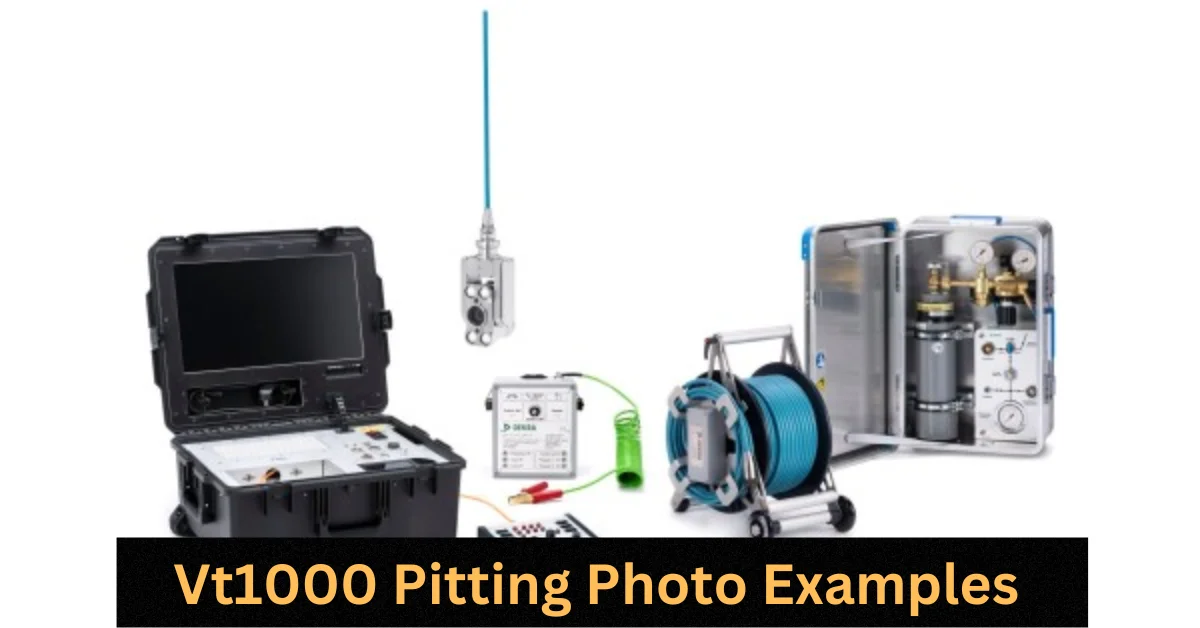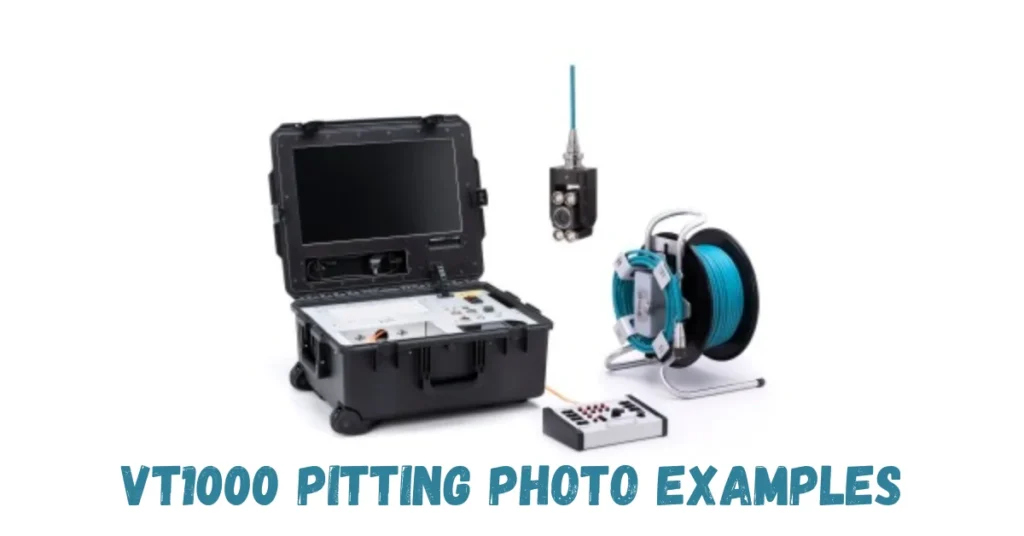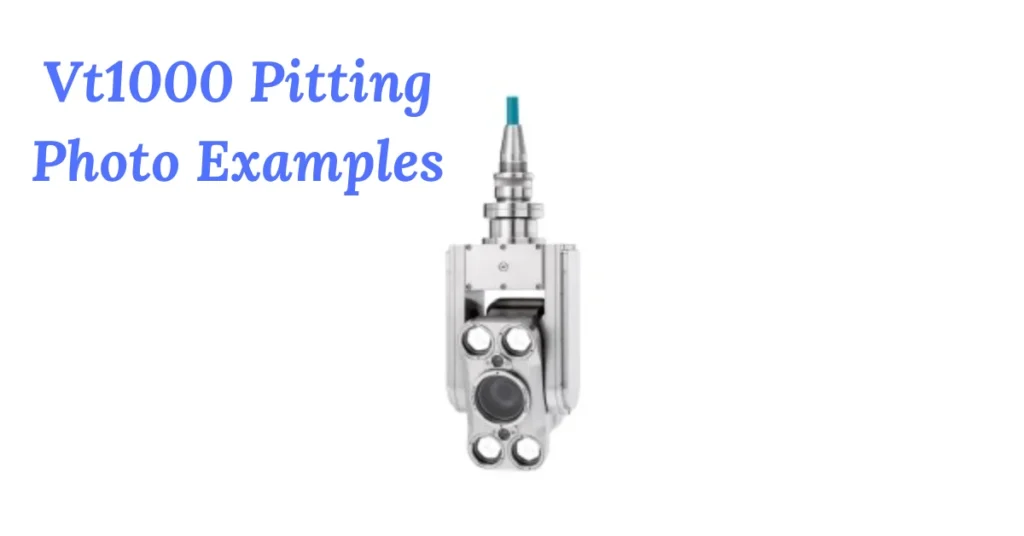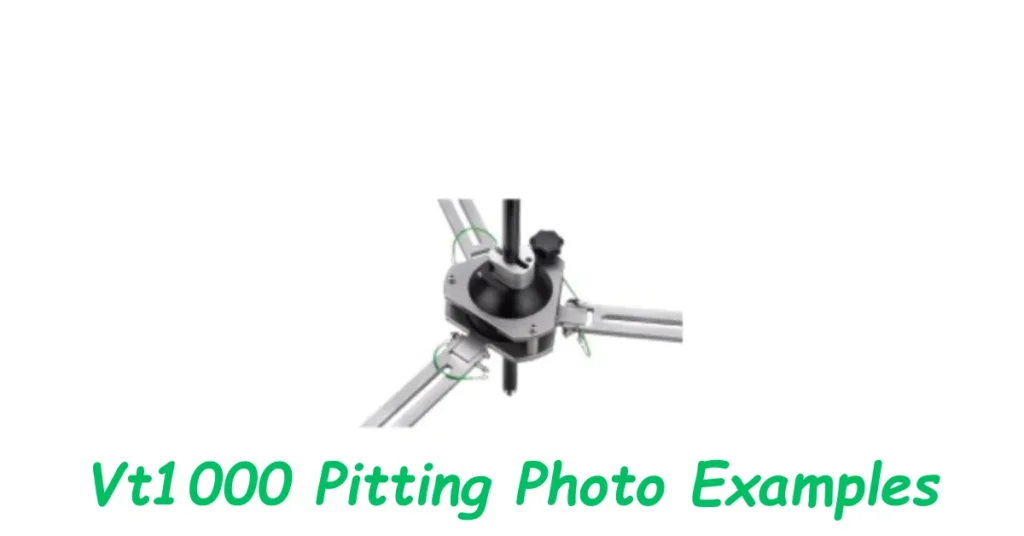Curious about DEKRA VT1000 pitting images and their role in vehicle safety? Whether you’re in fleet management, automotive maintenance, or just interested in inspections, these images are key. The DEKRA VT1000 ensures vehicle safety, making it a vital tool. This guide explains the system, the importance of pitting images, and how they enhance vehicle inspections, revolutionizing the automotive industry.
What Is the Dekra VT1000?
A cutting-edge inspection instrument for spotting corrosion, especially pitting in a variety of materials, is the Dekra VT1000. Due to its high-resolution imaging capabilities, even the smallest indications of pitting corrosion can be identified by using the precise visual data that it can capture of metal surfaces. This cutting-edge system finds extensive application in the oil and gas, aerospace, and industrial industries, where corrosion detection at an early stage is critical to preserving equipment structural integrity.
The Importance of Vt1000 Pitting Photo Examples
Documenting pitting through photographs serves multiple essential purposes for effective maintenance and operational decision-making.
Educational Value
Firstly, photographs provide a visual reference that enhances comprehension among maintenance personnel. These images act as educational tools, enabling staff to identify various degrees and types of pitting, which is crucial for assessing the severity of the issue.
Comparative Analysis
Secondly, pitting photo examples are invaluable for comparative analysis over time. By establishing a visual record, maintenance teams can monitor the progression of pitting on Vt1000 components, facilitating forecasting of potential failures and timely interventions.
Communication and Resource Allocation
Additionally, photographic documentation fosters communication between maintenance teams and management. When discussing the necessity for repairs or upgrades, presenting visual evidence strengthens the case for resource allocation. This transforms abstract concepts of corrosion and wear into tangible realities, making it easier for decision-makers to understand and act.
Benefits of Early Identification and Intervention
Identifying pitting early and documenting it through photographs allows for timely intervention, which brings numerous advantages.
Extending Equipment Lifespan
Firstly, addressing pitting at an early stage can significantly prolong the lifespan of the Vt1000. Rather than waiting for extensive damage to manifest, maintenance teams can implement targeted repairs or protective measures.
Minimizing Catastrophic Failures
Furthermore, early intervention mitigates the risk of catastrophic failures that could result in safety hazards for operators and substantial operational disruptions. In industries reliant on machinery, such as manufacturing and oil and gas, maintaining equipment integrity is non-negotiable. The ramifications of a failure extend beyond financial loss to regulatory scrutiny and damage to a company’s reputation.
Cost-Effectiveness
Another critical aspect of early pitting intervention is cost-effectiveness. While immediate repairs may seem like an added expense, they are often far less costly than the extensive repairs needed after significant damage has occurred. By avoiding prolonged exposure to pitting, organizations can save on replacement parts and labor, ensuring that budgets remain intact and productivity levels are maintained.
Utilizing Technology for Pitting Detection
The advent of advanced technologies has transformed how industries approach pitting detection and monitoring. Traditional methods often relied on manual inspections, which, while effective, were time-consuming and sometimes prone to human error. Modern technologies have emerged to enhance the precision and efficiency of inspections.
Ultrasonic Testing
Ultrasonic testing employs high-frequency sound waves to detect subsurface defects, including pitting. This non-destructive testing method allows inspectors to evaluate material integrity without causing damage.
Automated Visual Inspection Systems
Automated visual inspection systems, equipped with high-resolution cameras and AI algorithms, analyze equipment surfaces to identify early signs of pitting with remarkable accuracy. Incorporating these technologies into routine maintenance protocols not only enhances the precision of inspections but also increases overall efficiency.
Read More: Elida Schoology
The Role of Training and Education
To maximize the benefits of pitting photo examples and modern detection technologies, ongoing training and education for maintenance personnel are essential. An informed workforce is better equipped to identify potential issues, understand the implications of pitting, and implement appropriate solutions.
Comprehensive Training Programs
Training programs should include workshops on recognizing different types of pitting, interpreting photographic evidence, and effectively utilizing detection technologies. By fostering a culture of continuous learning, organizations can ensure that their teams are well-prepared to tackle the challenges posed by equipment wear and tear.
Knowledge-Sharing Platforms
Establishing knowledge-sharing platforms within the organization can enhance collective understanding of pitting and its ramifications. Encouraging personnel to share experiences and insights related to pitting can lead to improved strategies for addressing the issue and fostering a proactive maintenance approach.
Case Studies and Real-World Examples
Examining case studies where pitting has been effectively managed offers valuable insights into best practices.
Oil and Gas Industry Case Study
Consider an oil and gas company operating offshore rigs where Vt1000 units are deployed. Frequent inspections revealed pitting on critical components, prompting a rigorous maintenance program that included regular photographic documentation. By systematically monitoring their Vt1000 units through pitting photo examples, the company was able to predict maintenance needs and prevent equipment failures that could have led to costly operational delays.
Manufacturing Facility Example
In another scenario, a manufacturing facility discovered pitting on the Vt1000 units used for precision machining. The maintenance team adopted a comprehensive strategy that combined enhanced inspection techniques with timely repairs. They documented their findings with photographs, facilitating informed discussions with upper management about necessary investments in new equipment and technologies. These real-world scenarios underscore the critical importance of recognizing and addressing pitting in Vt1000 equipment.
Future Trends in Pitting Detection and Management
As industries continue to evolve, so too do the methodologies for managing equipment wear, including pitting. The future of pitting detection and management will likely be shaped by ongoing advancements in technology and data analytics.
Predictive Maintenance
Predictive maintenance, powered by machine learning algorithms, offers the promise of identifying potential issues before they manifest as significant problems. By analyzing data from sensors and imaging technologies, organizations can establish patterns that indicate when and where pitting is likely to occur.
Integration of IoT Technology
The integration of Internet of Things (IoT) technology will further enhance the monitoring of Vt1000 units. With real-time data transmission capabilities, maintenance teams can receive immediate alerts regarding changes in equipment condition, including early pitting onset. This responsiveness can drastically reduce the likelihood of equipment failure and associated downtime.
FACTS
- High-Resolution Imaging: The VT1000 provides full HD resolution, allowing for detailed image and video capture that is critical for evaluating equipment in hazardous environments. This high-definition capability is essential for accurate assessments, especially in safety-sensitive industries.
- Significance of Pitting Detection: Pitting involves small, crater-like depressions that can develop on components like brake discs and pipelines. Early detection of pitting is crucial, as it can lead to serious issues, such as compromised braking performance in vehicles or leaks in industrial settings.
- Proactive Maintenance: Utilizing the VT1000 for capturing pitting images enables maintenance teams to assess the extent of corrosion effectively. This allows for timely interventions, preventing minor issues from escalating into significant repairs.
- Industry Applications: The VT1000 is beneficial for a wide range of applications, including industrial inspections, process monitoring, and emergency response. Its ability to operate in dangerous environments without direct human intervention enhances safety.
- Causes of Pitting: Common factors leading to pitting include moisture-induced corrosion, high operational temperatures, and debris exposure. Understanding these causes is essential for implementing preventive measures, such as applying protective coatings and scheduling regular maintenance.
FAQs
What is the DEKRA VT1000?
The DEKRA VT1000 is a high-definition imaging camera designed for capturing detailed images of pitting corrosion in various industrial applications. Its advanced imaging technology enables effective inspections in hazardous environments.
How does the VT1000 help in detecting pitting?
The VT1000 captures high-resolution images that allow maintenance teams to assess the severity of pitting corrosion. This early detection is vital for preventing equipment failure and costly repairs by enabling proactive maintenance strategies.
What industries commonly use the VT1000?
The DEKRA VT1000 is widely used across several industries, including automotive, oil and gas, aviation, and manufacturing. Its ability to operate safely in dangerous conditions makes it ideal for inspections where direct human presence poses risks.
What are the common causes of pitting?
Pitting can be caused by various factors, including exposure to moisture, high temperatures, and debris. Understanding these causes is crucial for implementing preventive measures and maintaining the integrity of metal components.
How does the VT1000 improve safety?
By allowing operators to conduct inspections from a safe distance, the VT1000 minimizes the need for personnel to enter hazardous areas. This reduces the risk of accidents and ensures compliance with safety regulations.
Conclusion
The DEKRA VT1000 serves as an essential tool for detecting pitting corrosion across various industries, enhancing both safety and operational efficiency. Its high-resolution imaging capabilities enable detailed assessments of equipment condition.
Keep In Touch With: Truenetworth.Org!



